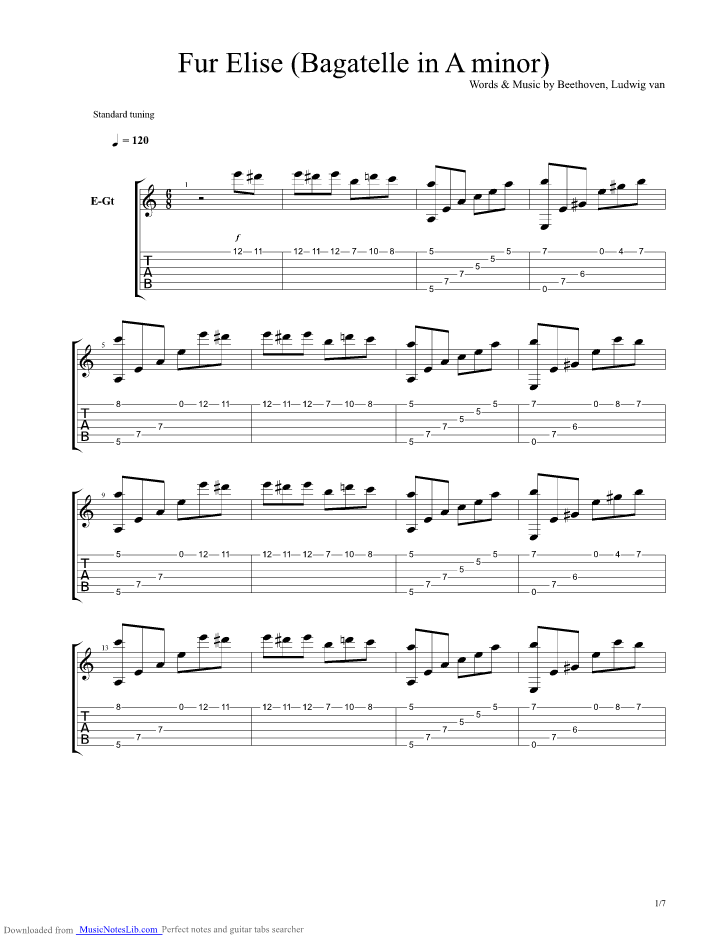

The dictum: "The Seventh Symphony is the apotheosis of Rhythm," is attributed to Liszt and as stated earlier in this thread, Wagner is said to have called it "the apotheosis of the Dance." The former simile befits the work with quite sufficient accuracy, since it is the element of Rhythm which seems chiefly answerable to the singular vivacity and irresistible urge of all but the Allegretto Movement furthermore, each of its Movements has a distinctive and persistent rhythmic motive, or prosodic meter.Ludwig van Beethoven Born December 16, 1770, Bonn, Germany. In his Seventh, Beethoven manifests complete control of the elemental forces of musical speech, and amazing originality, and an inexhaustible fund of resources, that are not met with in such luxuriance and assurance in his previous symphonies. During the four years that had passed since the composition of the Sixth, Beethoven's genius had matured still further, and the advance he had made in freedom and sureness of touch, particularly in his command of tonal architecture, in the structural formation of his Movements, is strikingly apparent. SKU: 7th Symphony (2nd movement) Sheet Music Category: Sheet Music Lead Sheets.The Seventh Symphony, A major, Op.92, was written in the early months of 1812, and first performed late in 1813, in Vienna.
The style of the score is Classical. The scoreLudwig van Beethoven Second Movement Theme From Symphony No.7 sheet music arranged for Piano Solo and includes 2 page(s). 92 Beethoven’s first sketches for this symphony date from late 1811 the work was completed on April 13, 1812, and first performed on December 8, 1813, in Vienna, under the composer’s direction.

Its design approximates the Second Rondo-form, akin to that chosen by Beethoven for the Finale of his Third Symphony, and the slow Movement of his Fifth also, later, for the slow Movement of his Ninth-inasmuch as the numerous restatements of the principal Theme convey the impression of Variations. There occurs, in the Coda, one of those daring episodes which confirm Beethoven's occasional unconventional methods, and which for a time caused some consternation even in the Beethoven ranks: some fifty measures before the end of the Movement, the basses softly intonate a figure of two measures (derived with quaint modifications from the first measures of the principal Theme), and repeat this drone, waxing into a growl, eleven times-as ground-motive or basso ostinato-against an almost absurdly primitive "yodel" in the violins.The second (slow) Movement is the world-famous, apparently imperishable Allegretto, always sure of its profoundly moving appeal to every music-loving soul. The Recapitulation is nearly exact, with the prescribed transpositions.
The Trio is remarkably simple in its harmonic material-nothing but the tonic and dominant chords of the chosen key. We should note the singular choice of keys-F major and D major, in an A major Symphony. As in the Fourth Symphony, it is expanded to imposing dimensions by an additional complete statement of the Trio, and subsequent da capo. The Coda begins with a portion of the First subordinate Theme, precisely as before, and this is followed by another complete Variation of the principal Theme.For the vivacious third Movement, with its majestic Trio, Beethoven uses no other titles than the tempo-marks but it tallies in every respect with his customary Scherzo and Trio. As a mater of fact, there is no other (second) subordinate Theme, but the place reserved for it in the design is filled-exactly as in the Adagio of the Third Symphony-by a fugato in triple-counterpoint, the Subject marked A being drawn from one of the phrases of the principal Theme. The principal Theme is stated four times, at full length, with heavy crescendo, before the soothing, touching First subordinate Theme enters.
Beethoven evidently took this very seriously and it is one of the finest, most ingenious and original passages to be found anywhere in his Symphonies.About Me Name: Chris Frigon Location: Portland, Oregon, United StatesI enjoy all kinds of music and love composing. The most serious, almost sinister, episode occurs in the third Section of the Coda: the basses ramble through a tragico-comical, chromatically wavering, descending spiral sequence of considerable length, against sustained chords in the wood-wind and the first measure of the principal Theme in the violins, until they (the basses) have groped their way to the low dominant-note (e), where they sway in alteration with d# for twenty one measures, while the rest of the orchestra asserts the home-key. The form is sonata-allegro. In its vivacity, audacity, splendid vitality and rollicking humor, it transcends any and every Finale elsewhere recorded in classic symphonic literature. There is a striking use of the horn in the second Part this horn figure (derived from the first two measures of the chief melody) is reiterated nine times, then quickened into a 2/4 meter, crescendo, culminating in a magnificent recurrence of Part I (as Part III).The last Movement is a riot of tone and rhythm.
Haydn: The Psychological Scheme of the Symphony JS Bach Brandenburg Concertos-background For eleven years, I taught piano, composition, counterpoint, orchestration, ear training, and analysis at Berklee College of Music in Boston.With Camille Roman, I cofounded and coedited The Twayne Music Book Series and served as individual volume editor for books on The Beatles, Sonny Rollins, Claude Debussy, Carlos Chavez, Olivier Messiaen, Downhome Blues Lyrics, Lester Young, and Black Women Composers.
Robert Schumann: Symphony No.1 (Spring), Bb, Op.38 Schubert: Symphony No.10 (the Great C Major) Liszt Piano Transcription of the Beethoven Symphonies Mozart: Symphony in E-flat major (K.543) Mozart: the Last Three Great Symphonies



 0 kommentar(er)
0 kommentar(er)
